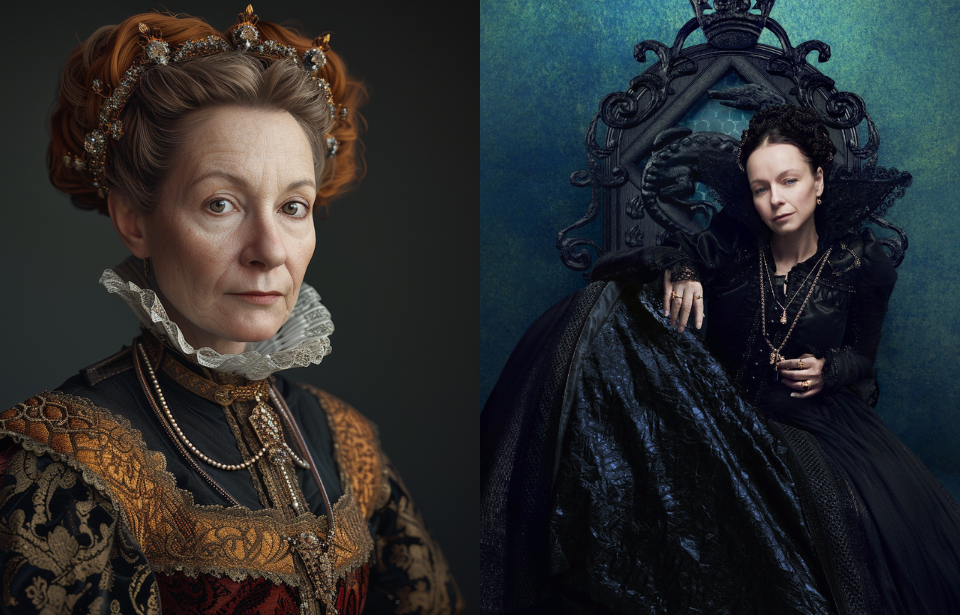Catherine de Medici, a name that conjures images of Renaissance splendor, political intrigue, and a dash of dark rumors, has fascinated historians and casual observers alike for centuries. As the queen consort of France from 1547 until 1559 and then as the queen mother to three French kings, her influence over the French court and its politics was profound. Yet, despite her significant role in shaping the history of France, Catherine de Medici remains a figure shrouded in mystery and myth.
The early life and challenges of Catherine de Medici
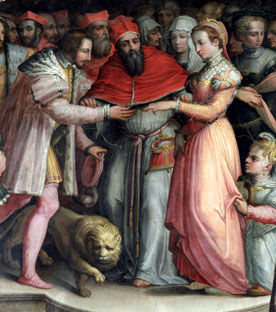
During Catherine’s initial years at the French court, she grappled with the challenges of carving out her identity in a realm overshadowed by the king’s formidable mistress, Diane de Poitiers, and the demanding roles cast upon her as a queen consort.
The political stage beckoned in 1559, as Henry’s death thrust Catherine into the limelight, assuming the role of the mother to the 15-year-old Francis II. However, the subsequent loss of her son in 1560 propelled her into a position of authority, where she wielded power on behalf of her 10-year-old Charles IX, adding intricate layers to her influential narrative.
Catherine de Medici’s role in the French Wars of Religion
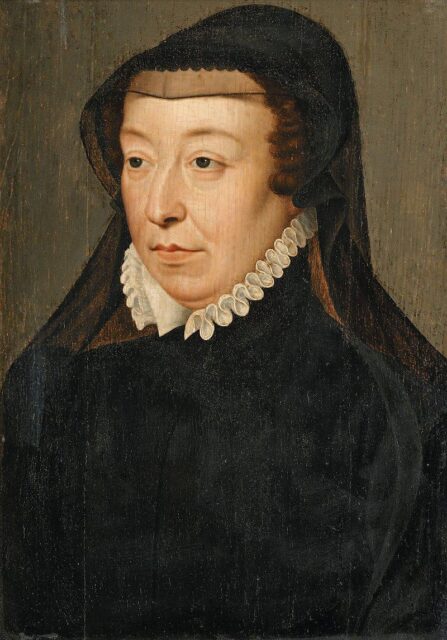
The French Wars of Religion were a tumultuous period that saw Catholics and Huguenots vying for control of France. Catherine’s role during these conflicts has been the subject of much debate among historians. Initially, she sought to maintain peace and promote religious tolerance, understanding the fragility of the French state.
However, as tensions escalated, Catherine found herself in the impossible position of trying to navigate a path that would keep the kingdom intact. Her involvement in the St. Bartholomew’s Day Massacre, whether as a mastermind or a monarch caught in the crossfire, remains a controversial aspect of her reign.
Catherine’s lasting legacy within the arts and sciences
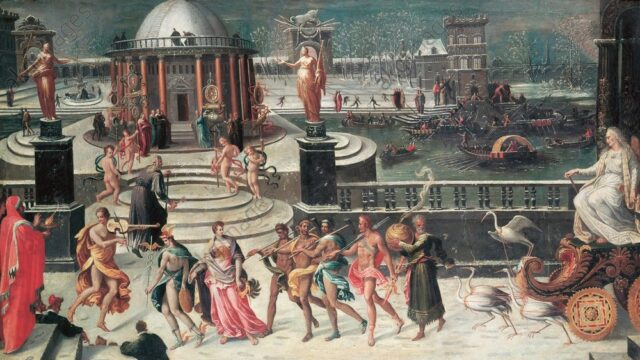
Beyond the political arena, Catherine de Medici’s impact on the Renaissance culture in France is undeniable. She was a fervent patron of the arts and sciences, understanding their importance in enhancing the prestige of the French court.
Under her patronage, the arts flourished, leading to significant developments in architecture, literature, and the culinary arts. Catherine’s love for lavish court festivities and ballets not only entertained but also served as a tool for political and diplomatic engagement.
Influence and power through fashion
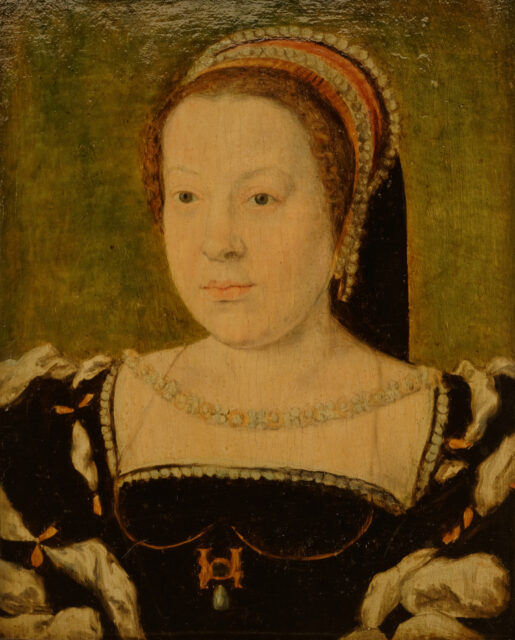
Fashion was another realm where Catherine left her mark. Known for her exquisite taste and the introduction of trends such as wearing handkerchiefs, underclothes, perfume, and perfumed gloves, Catherine understood the power of fashion as a form of expression and political statement.
Her influence extended beyond the confines of the French court, setting trends that would be adopted by the nobility across Europe. Through her wardrobe, Catherine communicated wealth, power, and sophistication, reinforcing her status as a queen and a trendsetter.
The darker side of Catherine de Medici’s reign and rumors
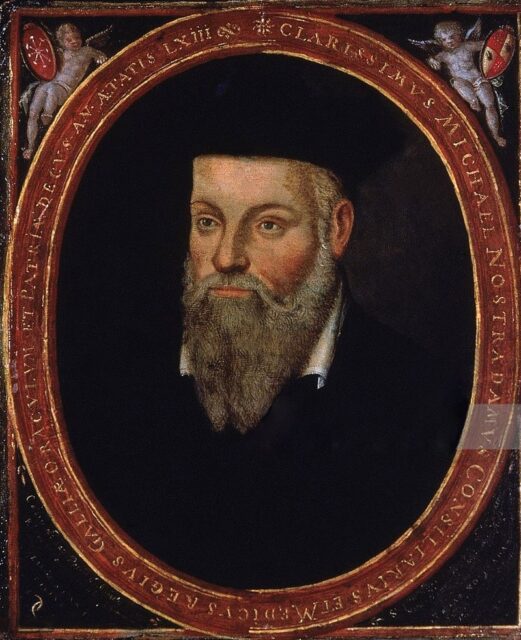
Catherine de Medici’s reign was not without its darker aspects. Accusations of witchcraft arose since she failed to give Henry an heir during their early years together, along with other accusations of poisonings and ruthless political maneuverings, which have colored her legacy. She was labeled by Wiccan Gerald Gardner as a “sinister Queen … noted for her interest in the occult arts”.
The queen’s association with figures such as Nostradamus and the rumored use of a “flying squadron” of ladies-in-waiting to gather intelligence have contributed to her portrayal as a Machiavellian figure. While these stories add an element of intrigue, they often overshadow her contributions and the challenges she faced as a female ruler in a male-dominated society.
Diplomatic mastery as she navigated alliances and betrayals
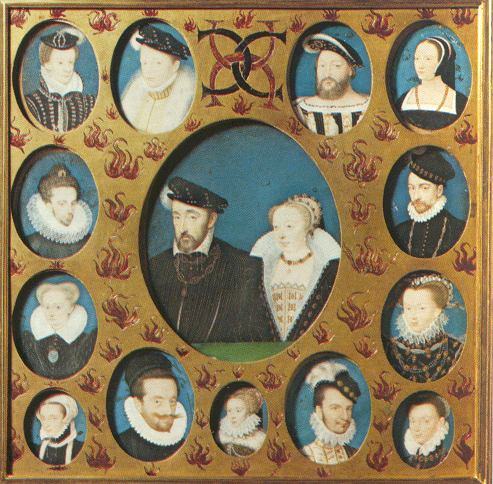
One of Catherine’s most notable skills was her ability to navigate the complex web of European politics. Her diplomatic endeavors, often conducted through marriages and alliances, aimed to secure France‘s position on the continental stage. Despite facing the challenge of initially struggling to give the king an heir during the early years of her marriage, Catherine managed to have eight children, seven of whom survived infancy and proved instrumental in her ruling.
The strategic marriages of her children to members of powerful European families are a testament to her foresight and understanding of the political landscape. Despite facing betrayals and shifting alliances, Catherine’s diplomatic acumen allowed her to maneuver through these challenges with remarkable resilience.
Read more: Marquis de Lafayette Took Dirt from the US, So He Could Be Buried In Both French and American Soil
In revisiting the life and legacy of Catherine de Medici, it becomes clear that she was more than just a queen; she was a pivotal figure in the Renaissance, a patron of the arts, a fashion icon, and a skilled diplomat. Her story is a fascinating blend of power, intrigue, and innovation, making her one of the most intriguing figures of her time.
